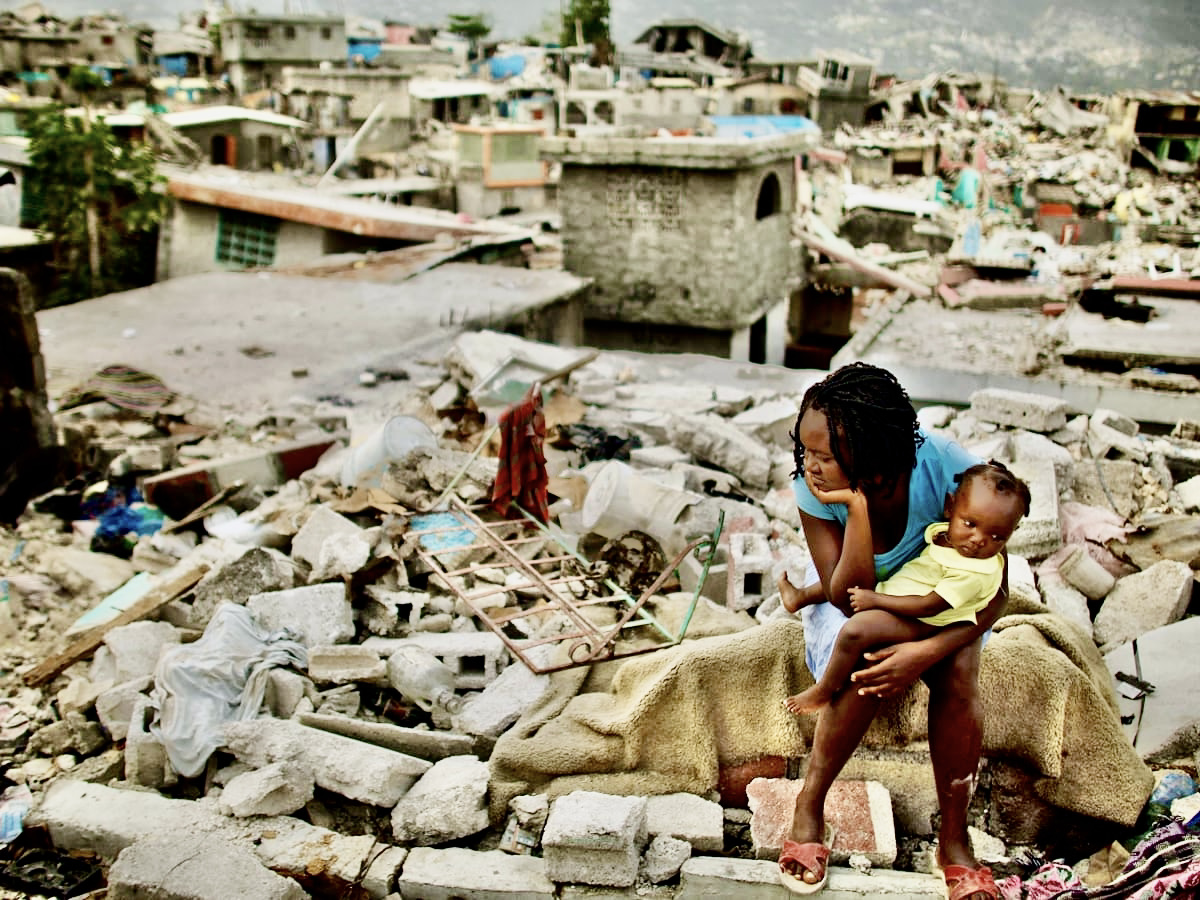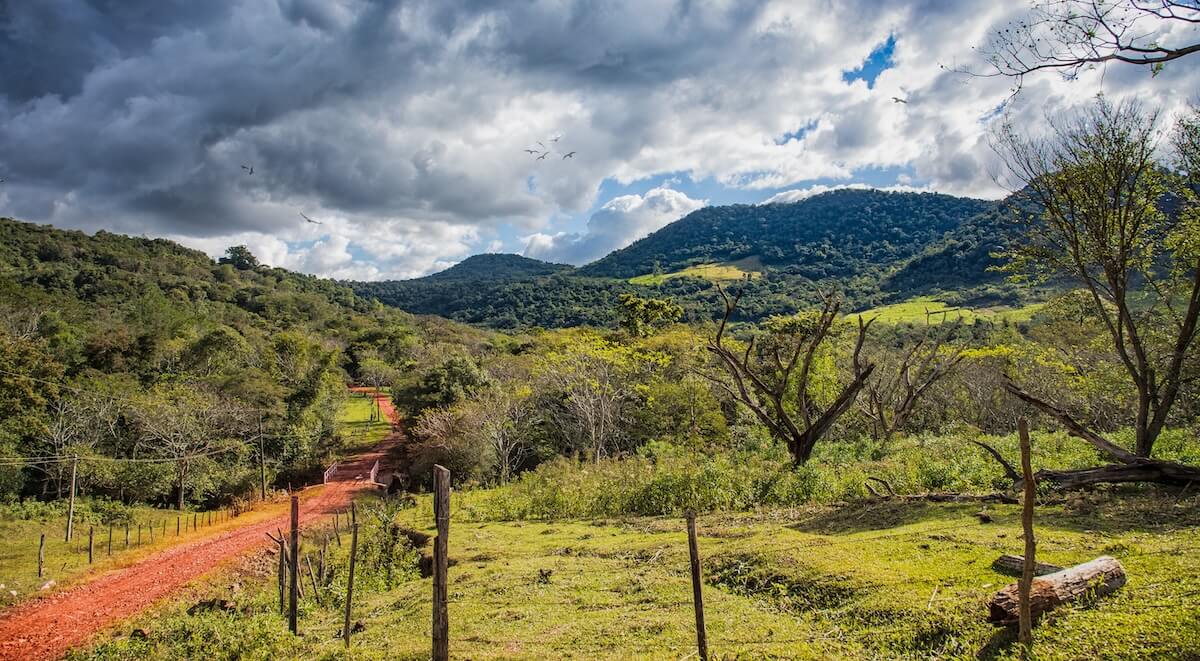ImpactAlpha, August 26 — Haiti’s politicians are promising a different response. Global leaders are looking for different approaches. And millions of Haitians are desperate for different results two weeks after another earthquake devastated the southern region of the Caribbean nation.
Different in this case means a marked contrast to the disastrous response to the massive 2010 earthquake, from which Haiti has still not recovered. In addition to the squandered billions, foreign troops and relief workers in that emergency brought in cholera and were implicated in a wave of sexual violence.
“Perhaps what we have learned is to do it differently,” the U.N.’s Amina Mohammed, said at a Port au Prince news conference this week. “And to do it differently means to take the leadership, to build the institutions, to build capacities. It’s not to say that there are no gaps. There are gaps. This is a different situation and will require a different response.”
Heeding the lessons of the 2010 earthquake effort are key if that disastrous response, in both financial and humanitarian terms, is not to be replicated.
Then, as now, the recovery effort could have fostered a true reconstruction, with the rebuilding an opportunity to design for resilience, not only to earthquakes, but also hurricanes, food security, health care and livelihoods. Instead, billions of dollars in mismanaged aid failed to deliver the recovery that the Haitian people had anticipated.
The response this time may look different, indeed. The most hopeful announcement of the week may have come from Jimmy Cherizier, alias “Barbecue,” leader of G9 Revolutionary Forces, who said Haiti’s gangs had agreed to a truce and to collaborate to deliver relief supplies.
Roadblocks and bandits on the single road between Port au Prince and Les Cayes have hampered the emergency relief, forcing some organizations to rely on helicopters and barges to bring in supplies to the affected areas. The Wall Street Journal reported that desperate residents looted food from four trucks sent by a Florida charity. At least two doctors have been kidnaped.
“We want to tell them that the G9 Revolutionary Forces and allies, all for one and one for all, sympathize with their pain and sorrows,” Cherizier said in a video posted to Facebook. The allied gangs, he said, “will participate in the relief by bringing them help. We invite all compatriots to show solidarity with the victims by trying to share what little there is with them.”
Bottom-up response
The full scale of the disaster is only now becoming clear, but rivals that of Haiti’s last major earthquake. A tool from the U.S. Geological Survey suggests the death toll could top 100,000 Haitians, far greater than the 2,207 deaths reported in official figures. Relief and recovery teams have yet to reach some of the hardest-hit areas.
The earthquake came just months after the assassination of President Jovenel Moïse. In the absence of strong political leadership, Haiti’s response is taking on a bottom-up, decentralized and, at times, chaotic, character. Even before the earthquake, USAID’s Samantha Power told a congressional hearing, “We see the chaos, we see what isn’t working.”
With effective organization and execution of the relief efforts, the earthquake could re-start stalled investments and development initiatives. Investors and aid organizations that had fled Haiti after the assassination of President Moïse are re-engaging with the country.
Remittances are almost certain to surge, as they did in the aftermath of the 2010 earthquake, providing a much needed source of cash for earthquake victims. Haiti received as much as $3.8 billion in remittances last year, a record, representing nearly one-quarter of the country’s GDP. “Financial help in the form of remittances from family members is always the first to arrive in times of distress,” says the World Bank’s Dilip Ratha.
Mercy Corps, which operates in the region, said last week it is considering cash distributions to allow Haitians to continue to purchase goods from small businesses critical to local economies. World Vision, an evangelical relief and development organization, is looking to support families in Les Cayes with access to clean water and purifiers, tents for shelter, food and protection for vulnerable children. Ansara Family Fund, which since 2010 has built over 60 hospitals and clinics across Haiti, is aiming to implement a rapid response to help the injured.
Small business lenders and microbanks are mobilizing to help Haitians rebuild an independent and self-sufficient economy. Fonkoze, Haiti’s largest microfinance institution, which forgave 10,000 loans after the 2010 earthquake, is distributing hygiene kits, restructuring existing loans, and providing emergency loans to help small businesses get back up and running.
Fonkoze says it now has 453 “Solidarity Credit Centers” in the affected area, and more than 13,000 borrowing clients. The credit centers are “touchpoints in rural, isolated areas that can be leveraged to bring support and aid to remote populations,” the organization says. “Our added value has always been in long-term recovery and development. As the immediate crisis subsides, and as aid agencies move on, Fonkoze remains to support clients and communities.”
Social enterprises
Social enterprises, formed out of responses to earlier disasters, are preparing to play a role in immediate relief and longer-term recovery.
Partners in Health, known in Haiti as Zanmi Lasante, is treating 30 patients from the affected areas at the University Hospital of Mirebalais, the 300-bed teaching hospital Partners in Health and Haiti’s Ministry of Health built in the aftermath of the 2010 earthquake.
Clean water distributor DloHaiti “is mobilizing to help in the relief response,” founder Jim Chu told ImpactAlpha. Chu founded the company after volunteering in Haiti following the 2010 earthquake. “We intend to start providing some relief aid in the coming weeks, initially with just delivery of water to families, clinics, and hospitals, and then setup of water systems to ensure potable water is available,” Chu says.
Veerhouse Voda, which builds resilient and sustainable homes in Haiti, has two containers of building materials in its Haiti manufacturing plant, with three more containers on their way from Europe. The company is currently completing a hospital in for the World Health Organization that was commissioned before the earthquake, CEO Brendon Brewster told ImpactAlpha. He said he has facilities to produce as many as 200 shelters per day.
“We’re the solution for the problem,” Brewster said. “People are talking about bringing in supplies. We’re already there.”











